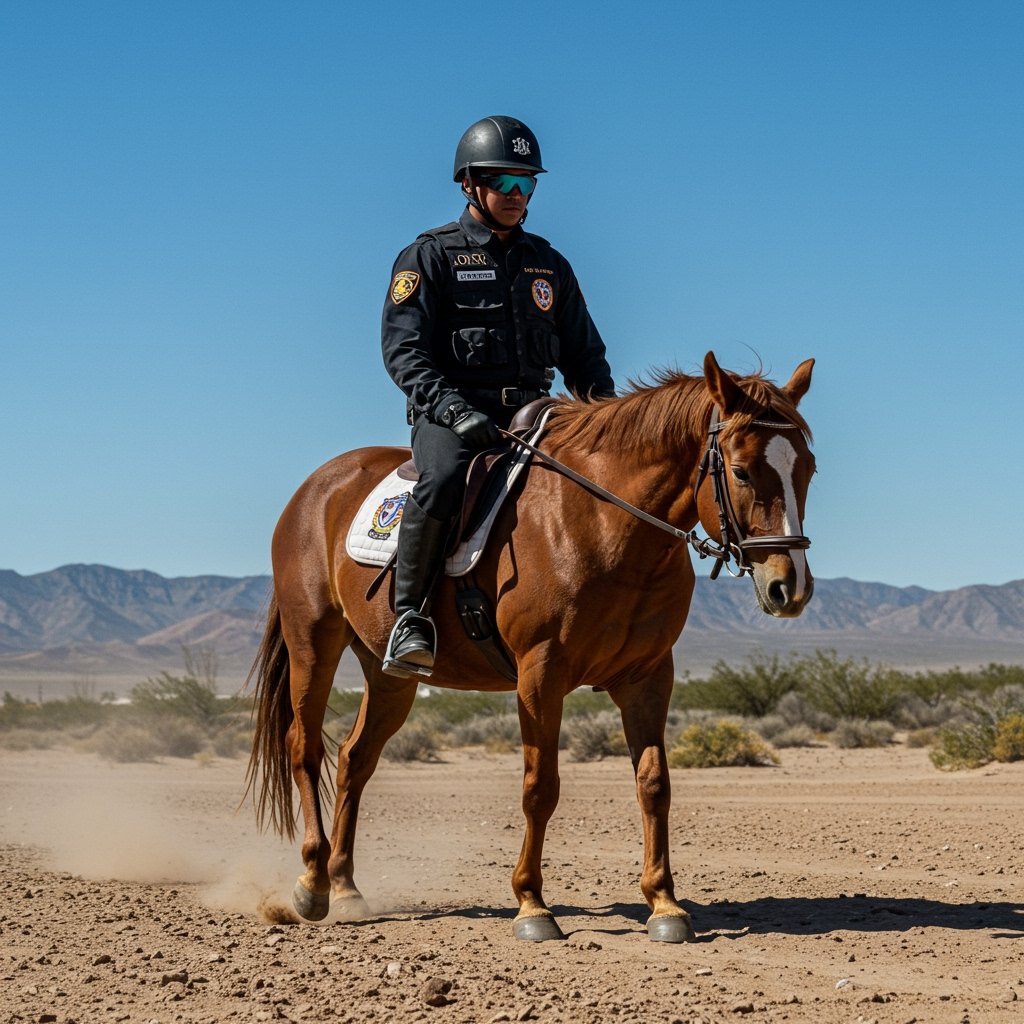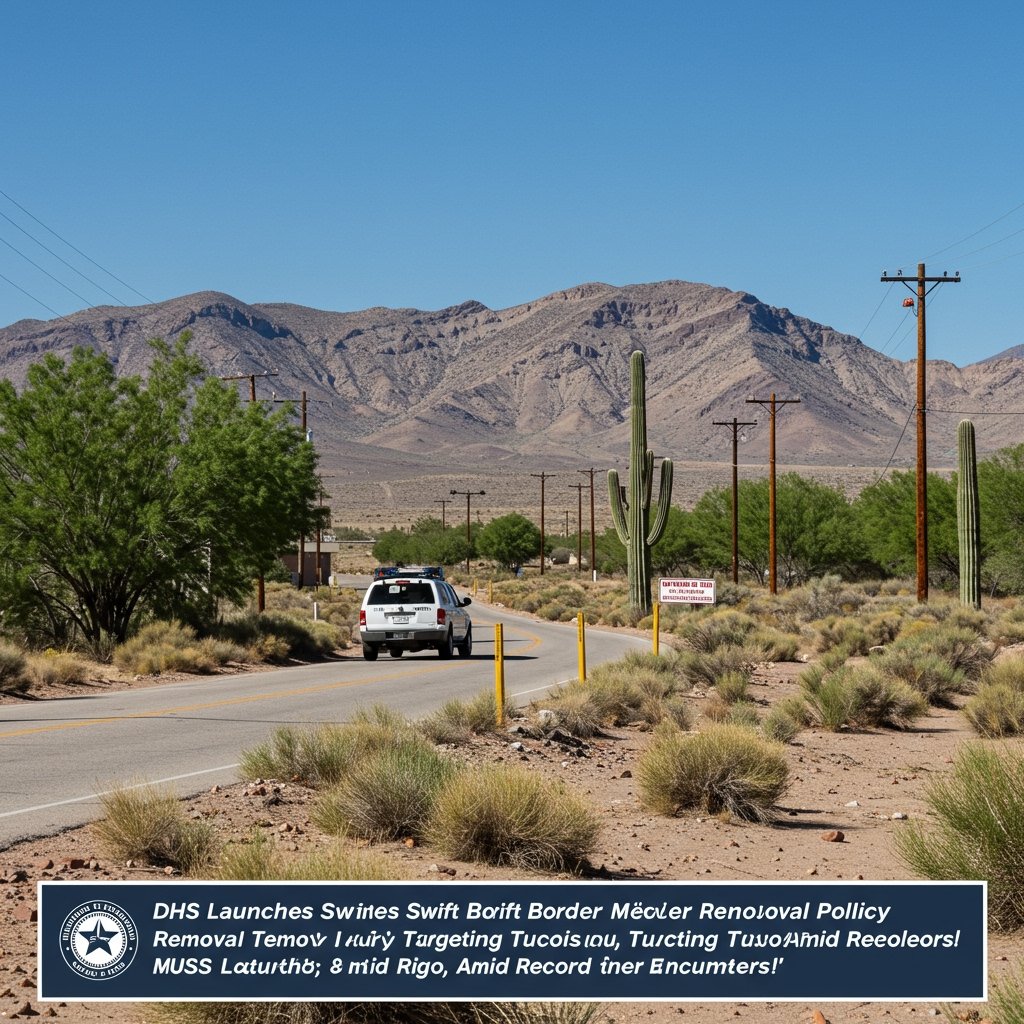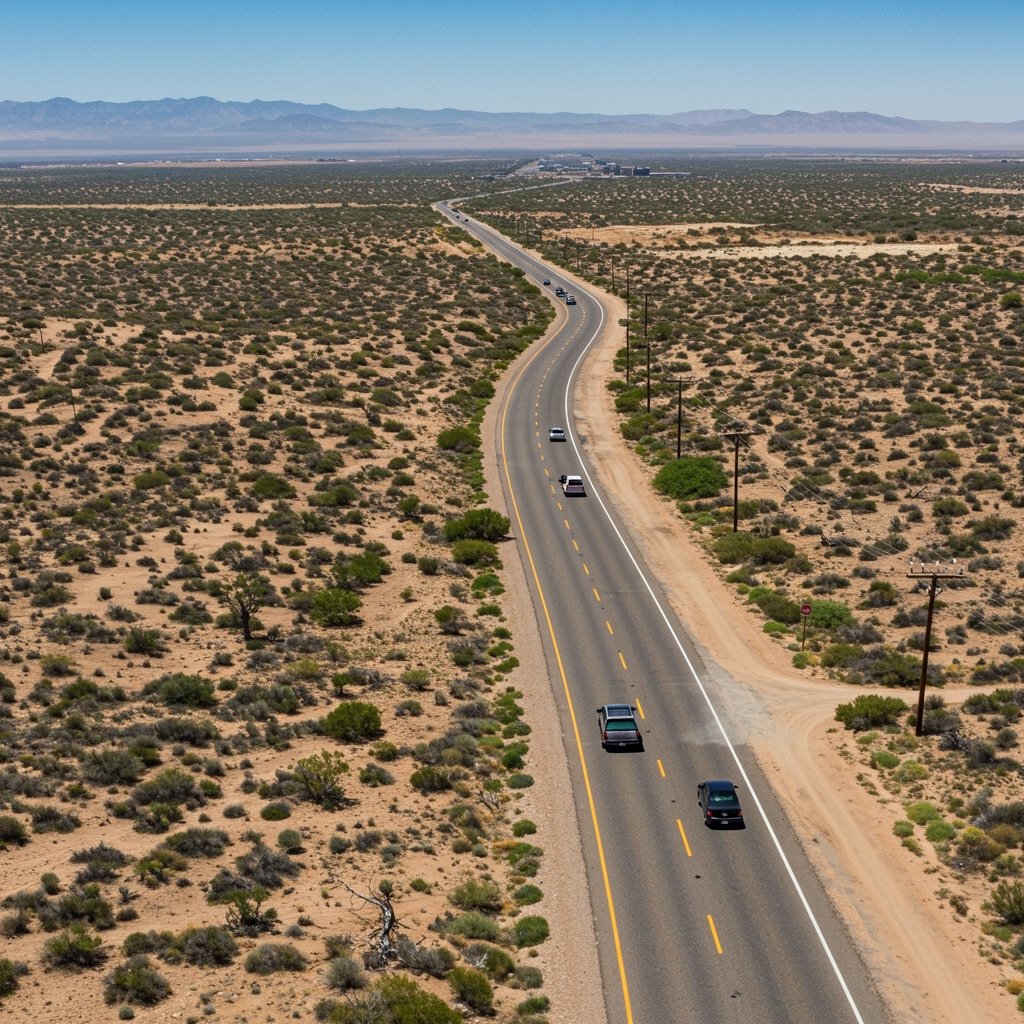Texas has always been at the heart of America’s border politics, and few figures have shaped this landscape more controversially than former President Donald Trump. From the moment he descended that golden escalator in 2015, his rhetoric on immigration, the border wall, and relations with Mexico ignited fierce debate. Now, with Trump re-emerging as a key player in the political arena and potentially gearing up for another run at the presidency, Texas finds itself under the spotlight once again. What does Trump’s renewed focus on the U.S.-Mexico border mean for Texas, and how might it reshape its complex relationship with Mexico?
The Legacy of the Wall
No discussion of Trump and the border is complete without mentioning his signature promise: building a “big, beautiful wall.” By the end of his presidency, approximately 450 miles of wall were completed, though much of it replaced existing barriers. For Texans, this wall became a symbol—of security for some and division for others.
The wall project stirred up significant controversies. Environmentalists raised alarms about its impact on ecosystems along the Rio Grande, ranchers in South Texas fought legal battles over land seizures, and economists questioned the project’s financial sustainability. Yet, for many Texans, the wall became a powerful emblem of border control. Now, as Trump hints at a second run, he’s doubling down on the idea, promising not only to complete the wall but to enhance it with advanced technology, from sensors to drone surveillance.
What’s the reality on the ground? Texas shares over 1,200 miles of border with Mexico, much of it along rugged, remote terrain. Critics argue that a physical barrier is impractical in many areas, pointing to the need for policy changes rather than bricks and steel. Still, Trump’s vision resonates with his base, especially in border communities that feel the daily impact of immigration challenges.
Immigration: Policy vs. Politics
Immigration remains the central issue connecting Texas and Mexico. During Trump’s presidency, policies such as “Remain in Mexico” (officially the Migrant Protection Protocols) forced asylum seekers to wait in Mexican border towns while their cases were processed in U.S. courts. Advocates criticized the policy for exposing migrants to dangerous conditions in cities like Matamoros and Reynosa, plagued by cartel violence.
Yet, Trump’s hardline stance on immigration resonated with voters who believed the U.S. asylum system was overwhelmed and exploited. Under President Biden, many of Trump’s immigration policies were rolled back, but the ongoing surge of migrants has reignited debates in Texas. Border towns like McAllen and El Paso continue to bear the brunt of the migrant influx, with shelters overflowing and resources stretched thin.
Now, Trump is capitalizing on this crisis, framing it as a failure of Biden’s administration and a reason for his own political resurgence. His proposed solutions—expanding the wall, reinstating strict asylum protocols, and even deploying the military to the border—are familiar, but they’ve found a receptive audience among Texans frustrated by the status quo.
The Economy: Trade, Tariffs, and Tensions
Beyond immigration, Trump’s relationship with Mexico has significant implications for Texas’s economy. Texas and Mexico share a $231 billion trade relationship, fueled by the United States-Mexico-Canada Agreement (USMCA), which replaced NAFTA during Trump’s presidency. While the USMCA preserved key elements of NAFTA, it introduced stricter labor provisions and rules of origin for automobile production, which had mixed effects on Texas businesses.
During his time in office, Trump repeatedly threatened to impose tariffs on Mexican goods to pressure the country into curbing migration. These threats created economic uncertainty for Texas, whose economy is deeply intertwined with Mexico’s. Industries from agriculture to manufacturing depend on the free flow of goods across the border, and disruptions could have been catastrophic.
Today, Trump continues to tout his trade policies as a success, claiming they forced Mexico to take a more active role in border security. However, many Texas businesses remain wary of the potential for renewed tariffs if Trump returns to power. The economic stakes are high, and Texas stands to either gain or lose significantly based on how U.S.-Mexico relations evolve.
Cultural Connections and Political Divides
Texas and Mexico share more than just a border—they share history, culture, and families. For millions of Texans, Mexico isn’t a foreign country but an extension of their own identity. This deep connection makes border politics deeply personal.
Trump’s rhetoric has often alienated Mexican-Americans, who make up a significant portion of Texas’s population. Comments about Mexican immigrants bringing “drugs” and “crime” to the U.S. sparked outrage, while policies like family separations at the border drew widespread condemnation. Yet, Trump’s support among Latino voters in Texas has grown, particularly among conservative, working-class communities who value his focus on jobs and security.
This paradox highlights the complexity of border politics. For every Texan who views Trump as a divisive figure, there’s another who sees him as a leader willing to tackle tough issues head-on. As Trump ramps up his campaign rhetoric, this divide is likely to deepen, with Texas once again serving as the nation’s battleground for debates over identity, security, and the future of U.S.-Mexico relations.
Looking Ahead
As Texas gears up for the next presidential election, the stakes couldn’t be higher. Trump’s vision for the border, while polarizing, has undeniably shaped the political landscape in Texas and beyond. Whether it’s the wall, immigration policy, or trade with Mexico, these issues will dominate headlines and dinner table conversations across the Lone Star State.
But Texas is more than a backdrop for Trump’s border policies—it’s a key player with the power to shape national outcomes. From its border towns to its bustling cities, Texas will continue to navigate the complexities of its relationship with Mexico, balancing security with humanity, economics with culture, and politics with everyday realities.






